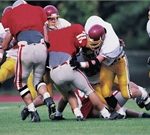
The odds are not good for college football conferences that have decided to press forward with their fall season despite the coronavirus pandemic, experts say. The Big 10 and PAC 12 have decided not to play sports in the fall, but the SEC, the Big 12 and the ACC say they will proceed with college football while still keeping players safe from the coronavirus. “I do predict, because we’ve already been seeing it in those sports that have been very diligent, that there will be transmission and they will have to stop their games,” said Dr. Colleen Kraft, an NCAA medical adviser and a professor of infectious diseases with Emory University School of Medicine in Atlanta. She was one of several experts who recently briefed the media on navigating college sports during the pandemic. Ultimately, the nationwide debate over college football is occurring because the United States has failed to tackle the COVID-19 pandemic in an effective manner, said Dr. Brian Hainline, senior vice president and chief medical officer of the NCAA. “When we started talking about return to sport in April, we were envisioning there would be a continued downward trajectory of COVID-19 new infections and deaths, that there would be a national surveillance system, national testing and national contact tracing that would allow us to really navigate this pandemic,” Hainline said. “That hasn’t… read on >











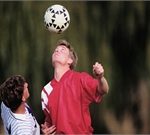
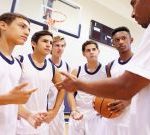
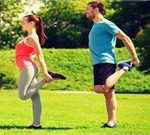
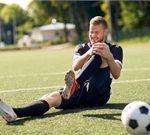

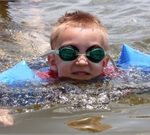
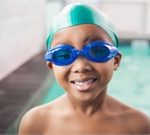
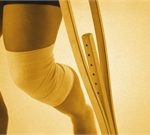








-300x200.jpg)










